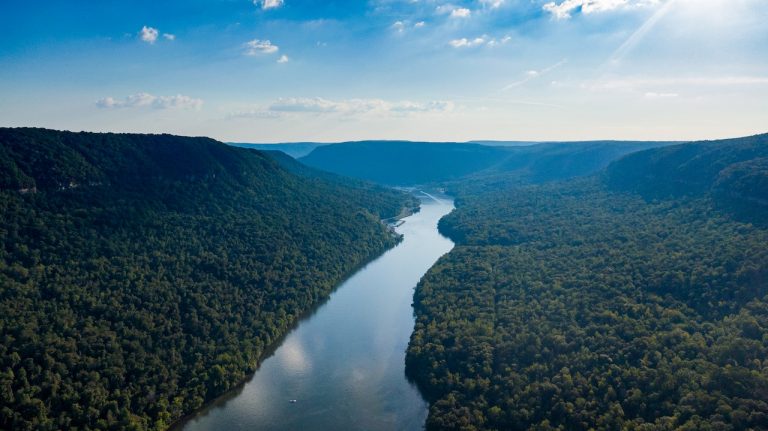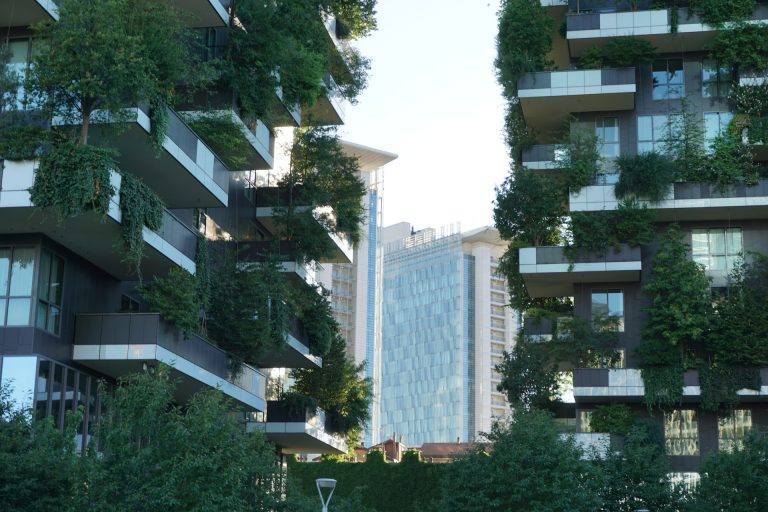The European Union has set a target of zero energy consumption by 2050, since buildings are responsible for 40% of energy consumption and 36% of CO2 emissions in Europe.
With this objective in mind, the new Energy Performance of Buildings Directive (EPBD) came into force on January 1, 2020, requiring new buildings to be nearly zero-energy buildings.
Solar panels as a solution
The new regulation elevates solar panels to first place as a solution to reduce consumption in new buildings, especially in Spain, where solar energy is one of the main sources of renewable energy.
Is it mandatory to have solar panels in new homes?
Although it is the logical solution, we do not necessarily have to install solar panels in our new house, as long as consumption is practically zero. This can also be achieved with photovoltaic panels.
To facilitate the incorporation of these solutions, less taxes and bureaucratic burden have been established. In addition, you have the option of selling the surplus energy to the grid, in exchange the amount equivalent to the amount contributed will be reduced in the bill.
However, water consumption in buildings with solar panels can become a problem if they are located far away from the house. The cold water wasted until the hot water reaches the house can be too much.
That is why there are solutions that help to ensure that this water is not wasted. WAISENSE technology causes this cold water to return to the water circulation system, so that when the water arrives hot, it alerts you and you can use it at that very moment without wasting extra water.
Another advantage of this type of solution is that the energy consumption is very low, so that the water saved is greater than the consumption produced. It also helps to obtain sustainable certificates such as BREEAM, LEED and VERDE, adding more value to your home.




